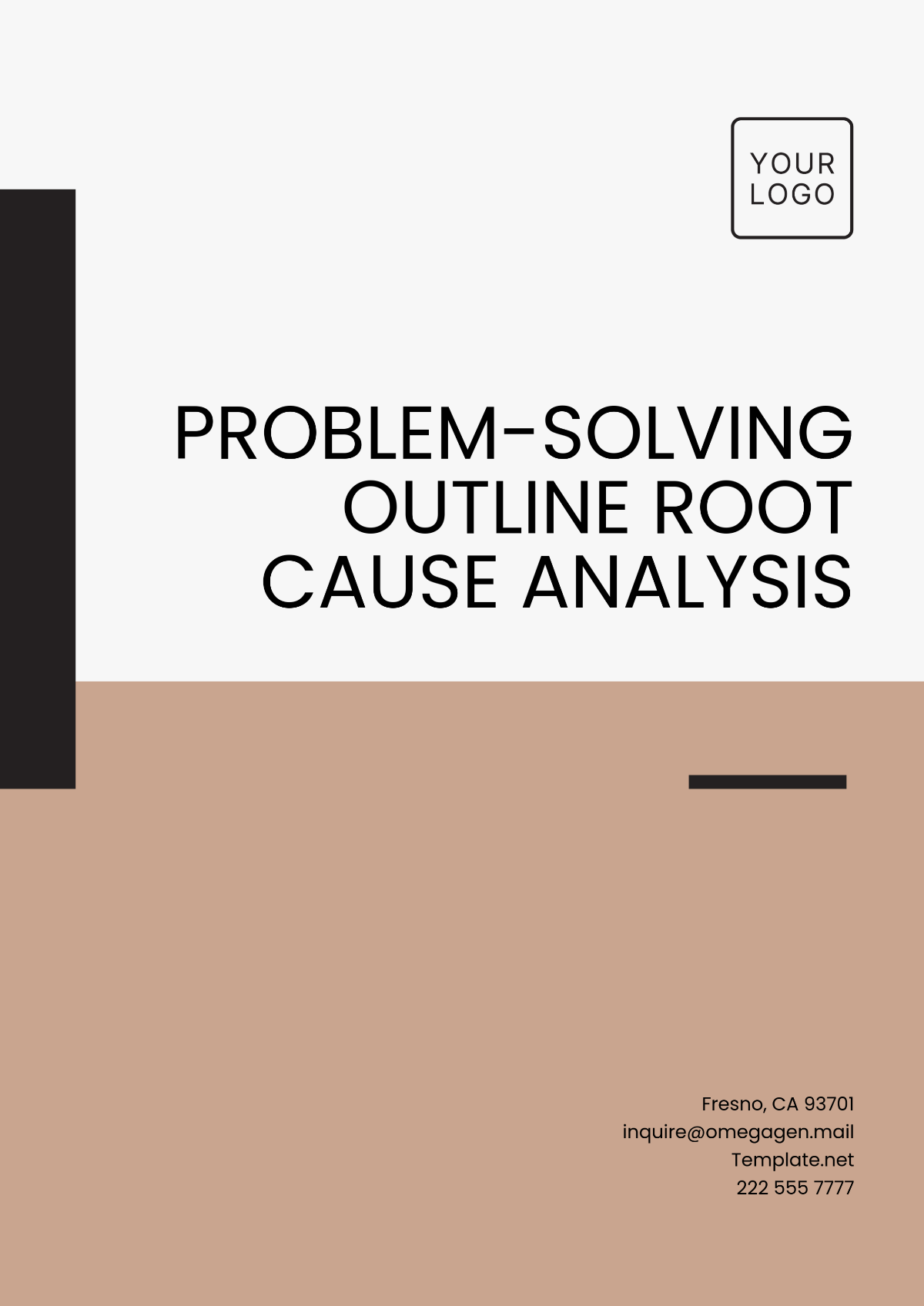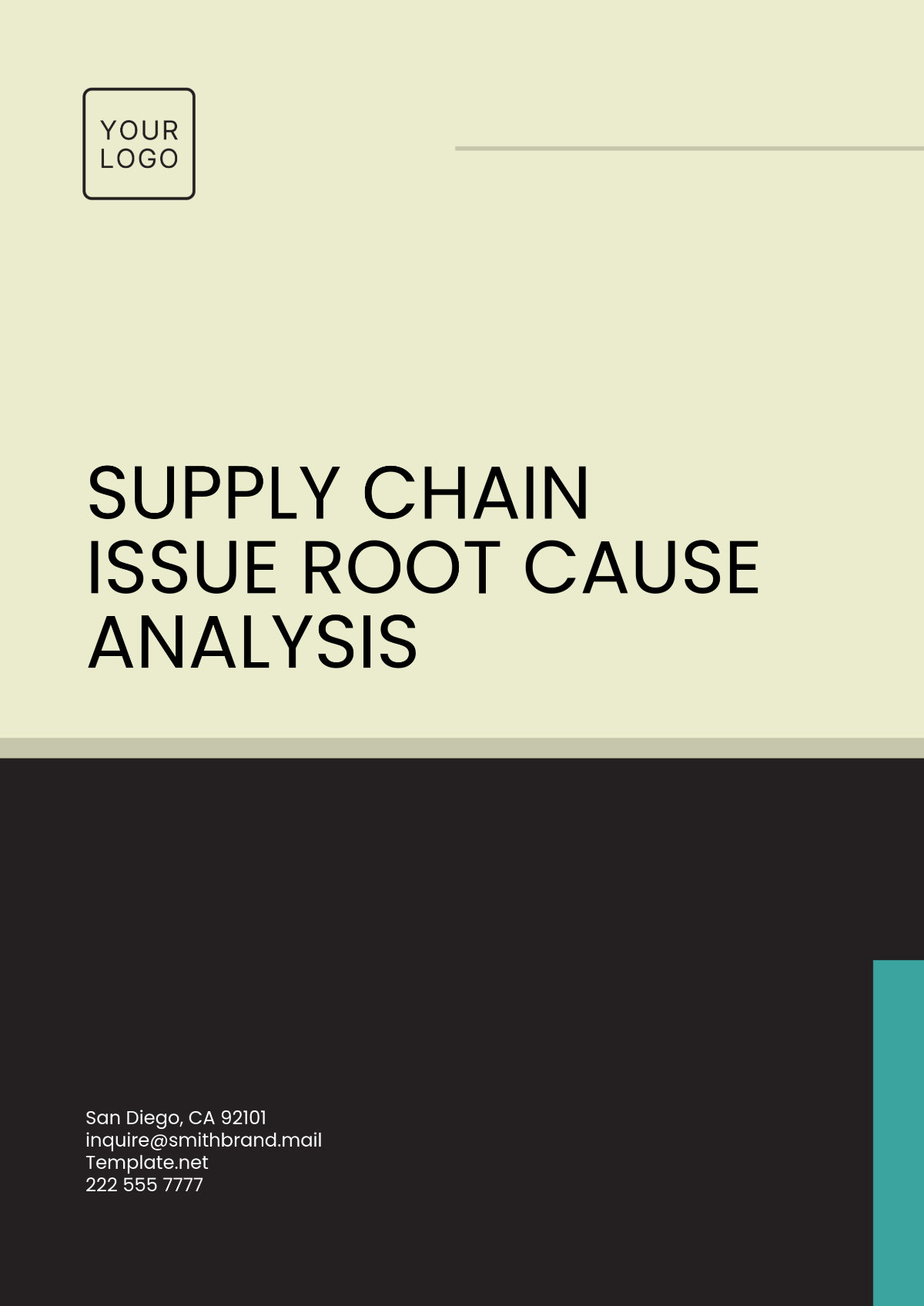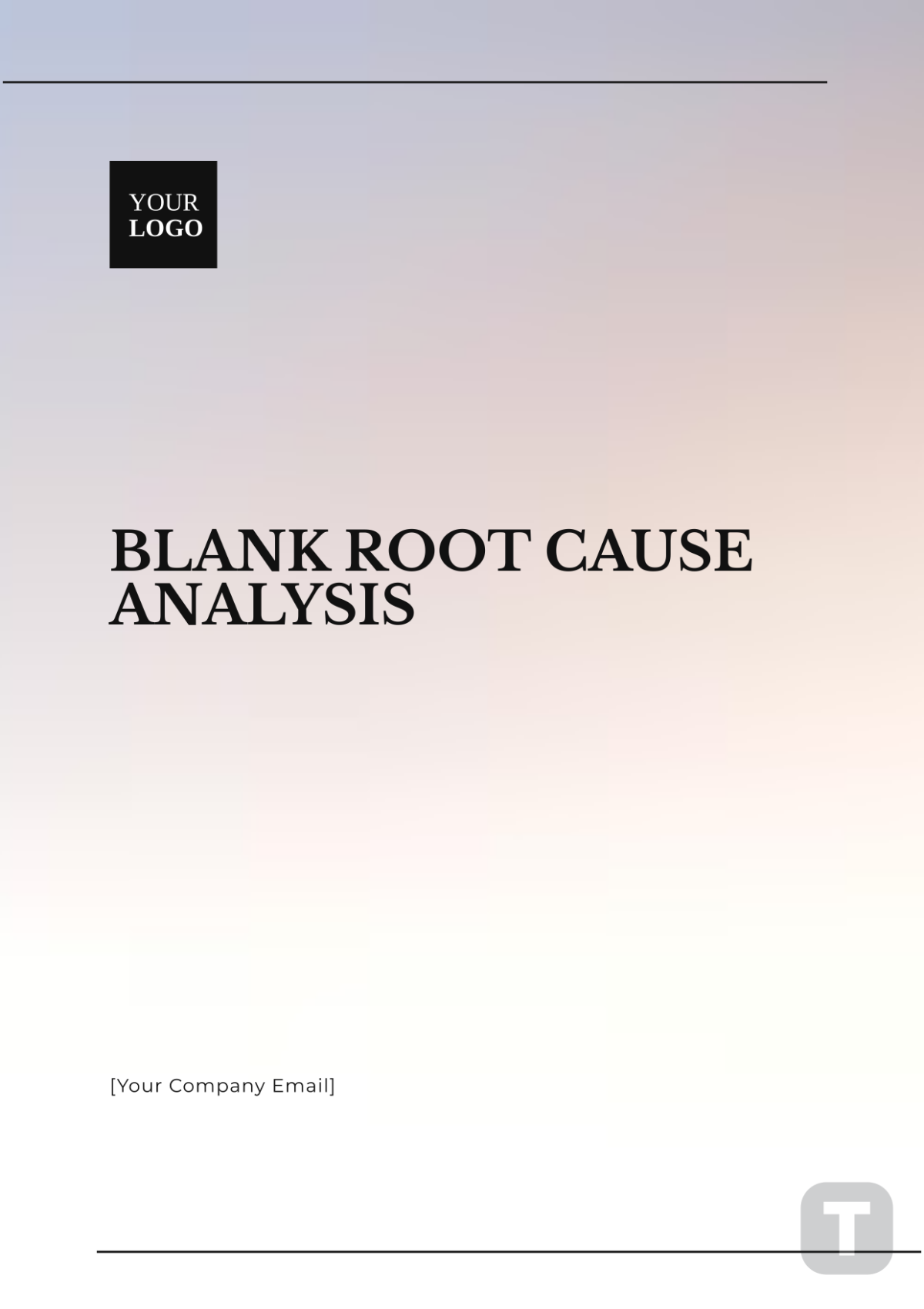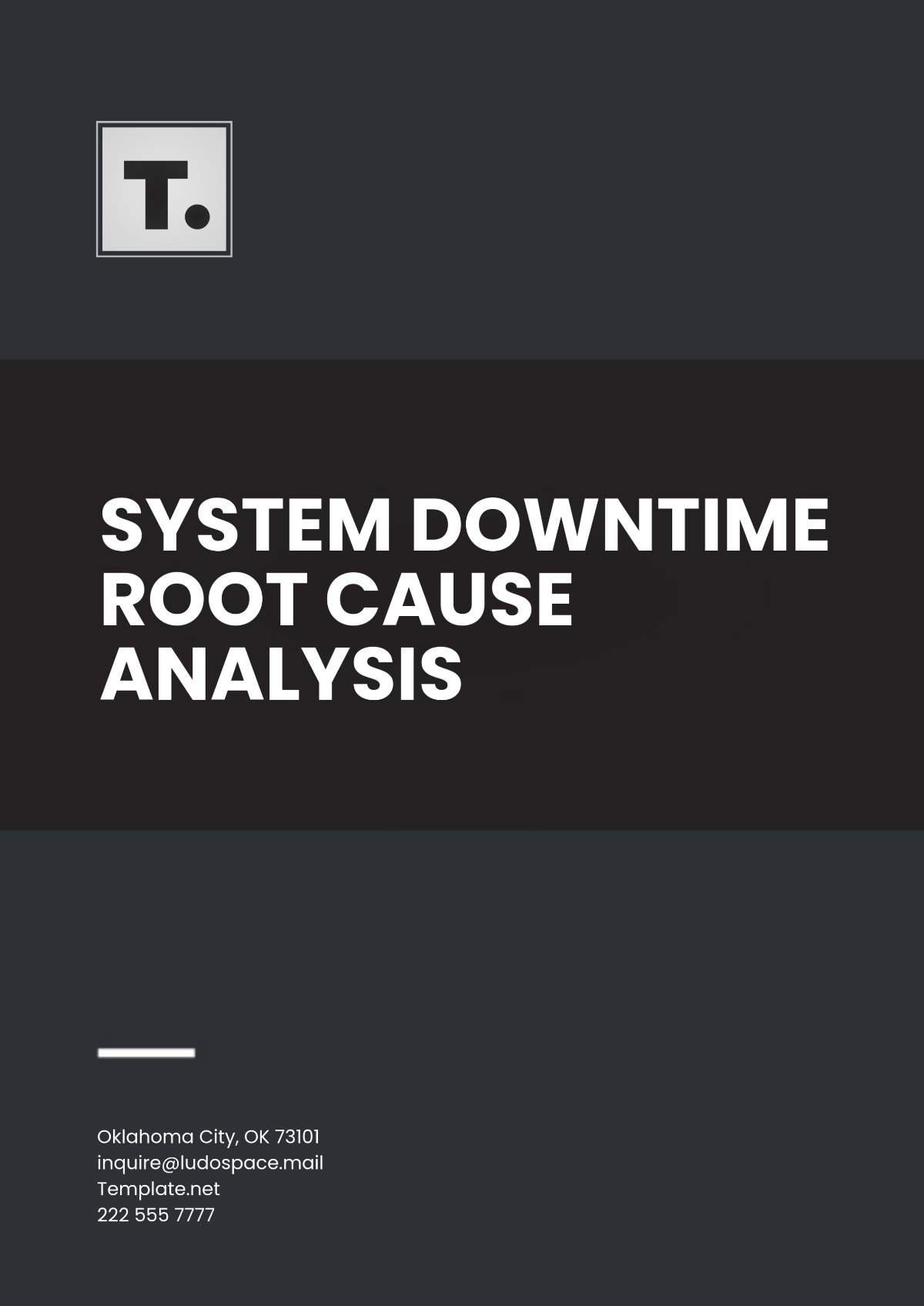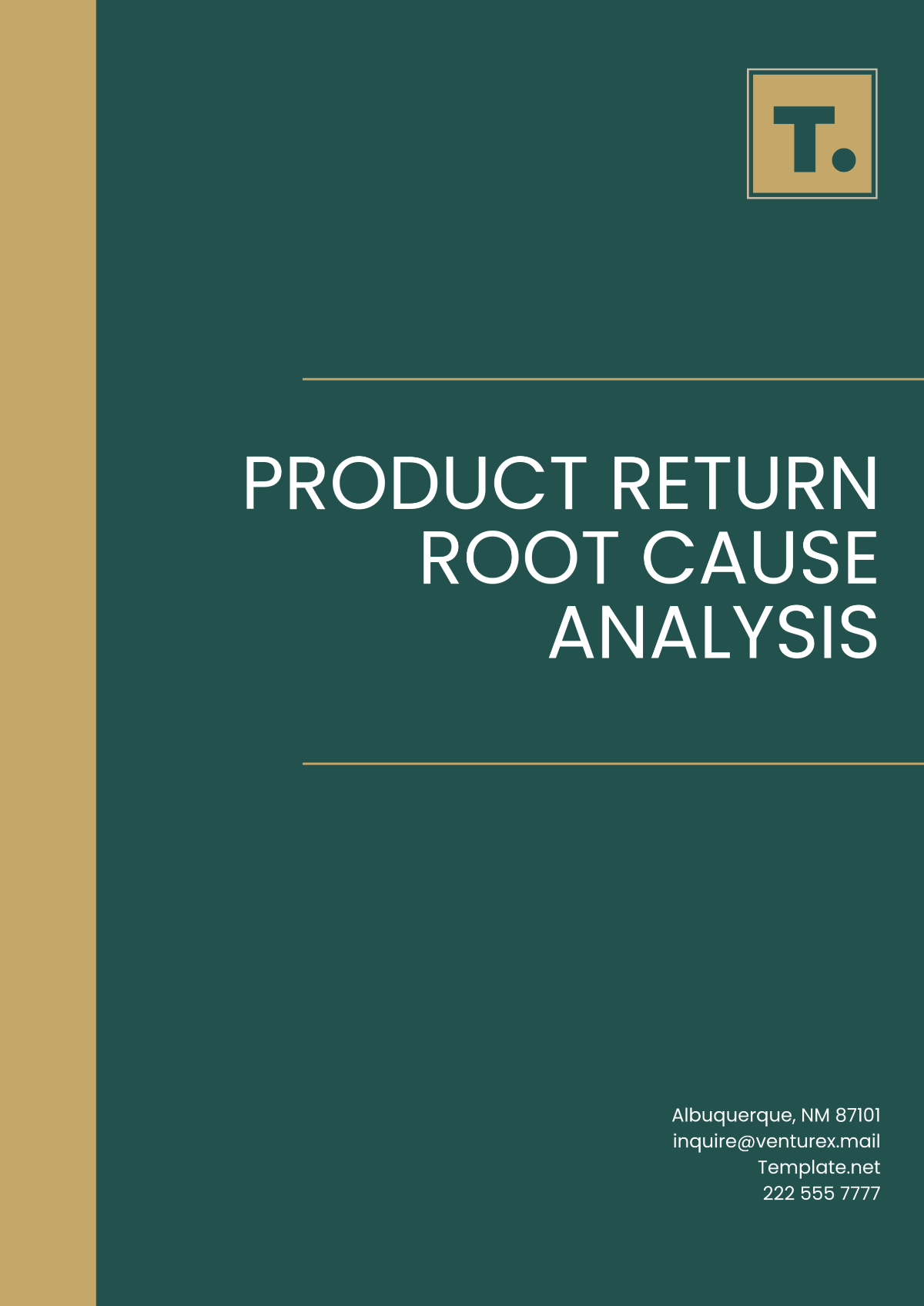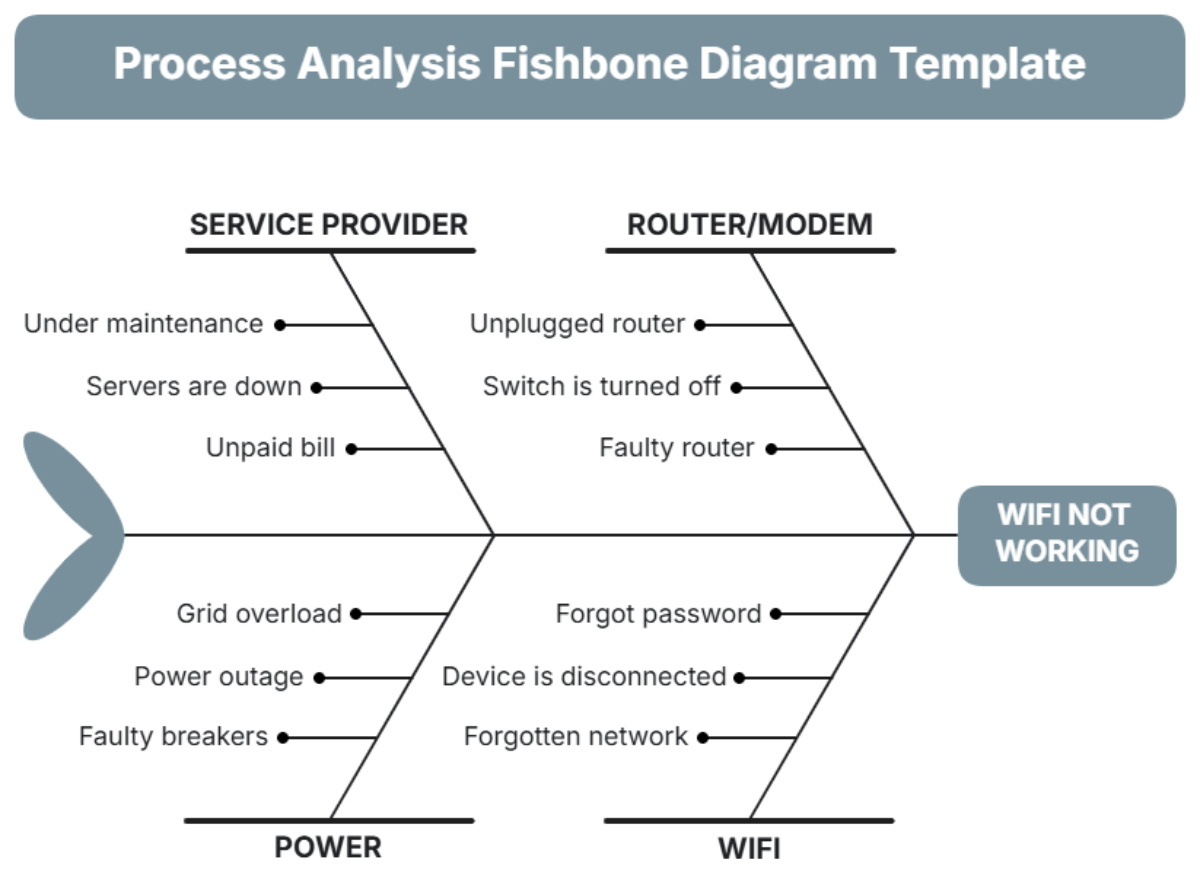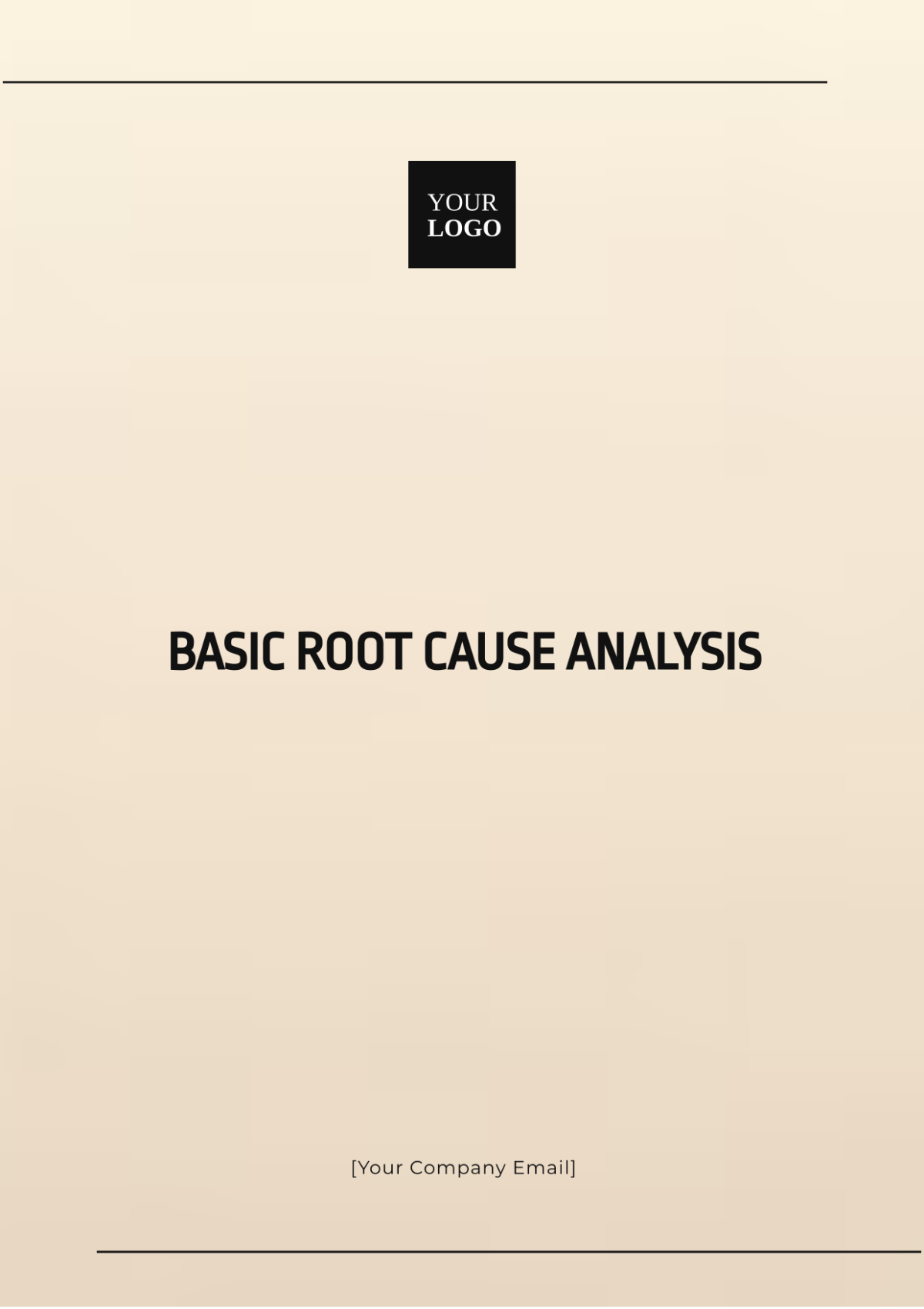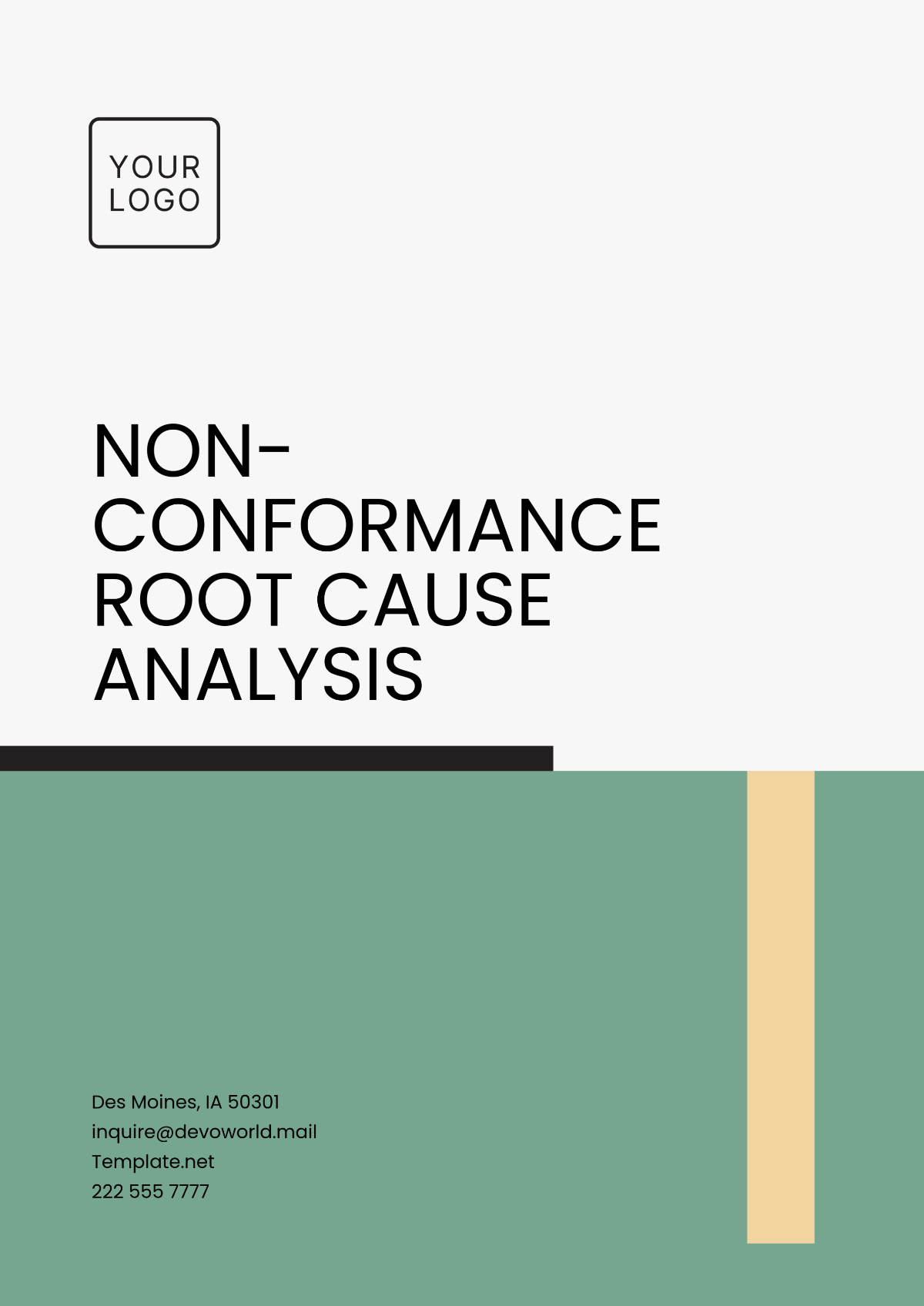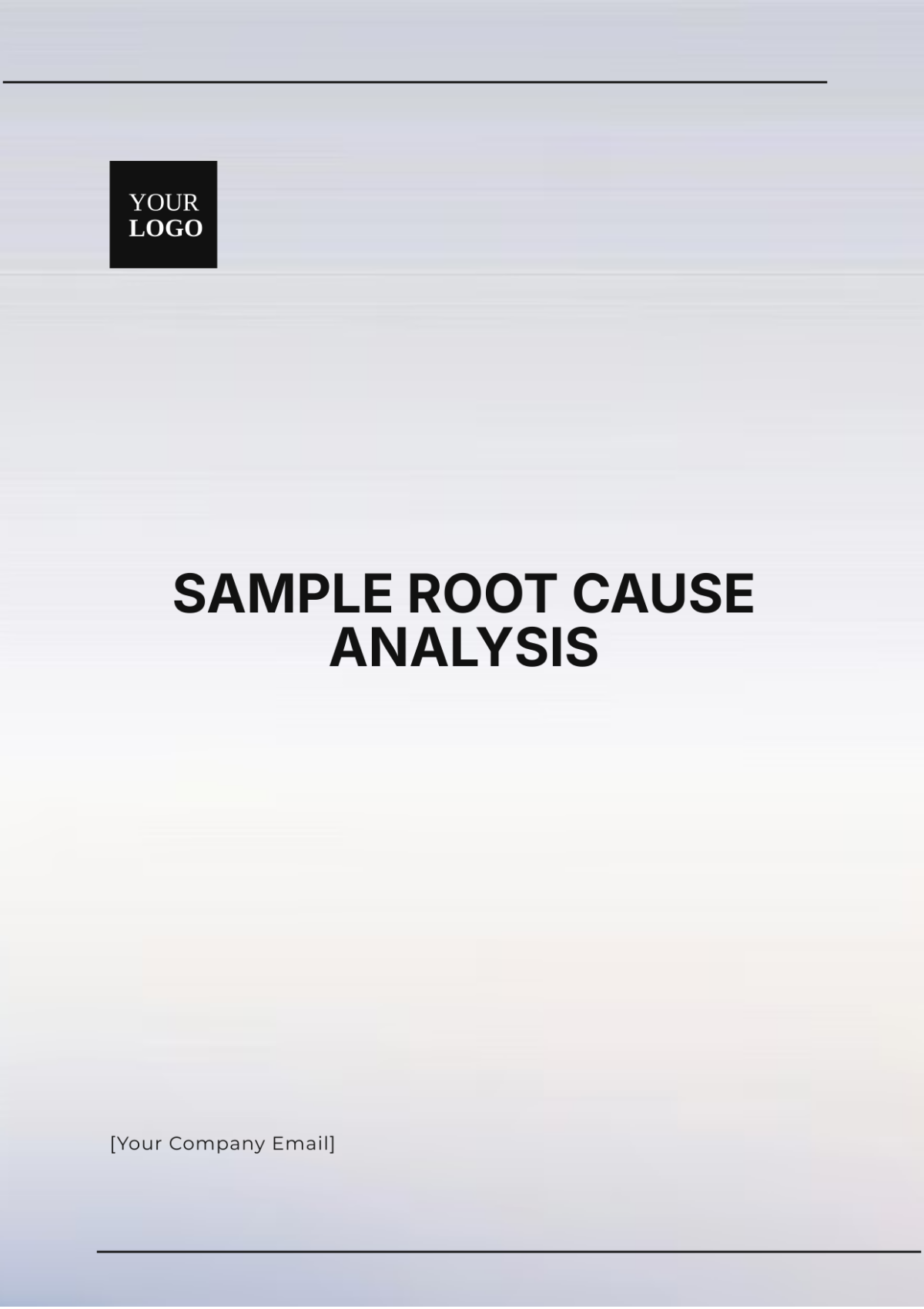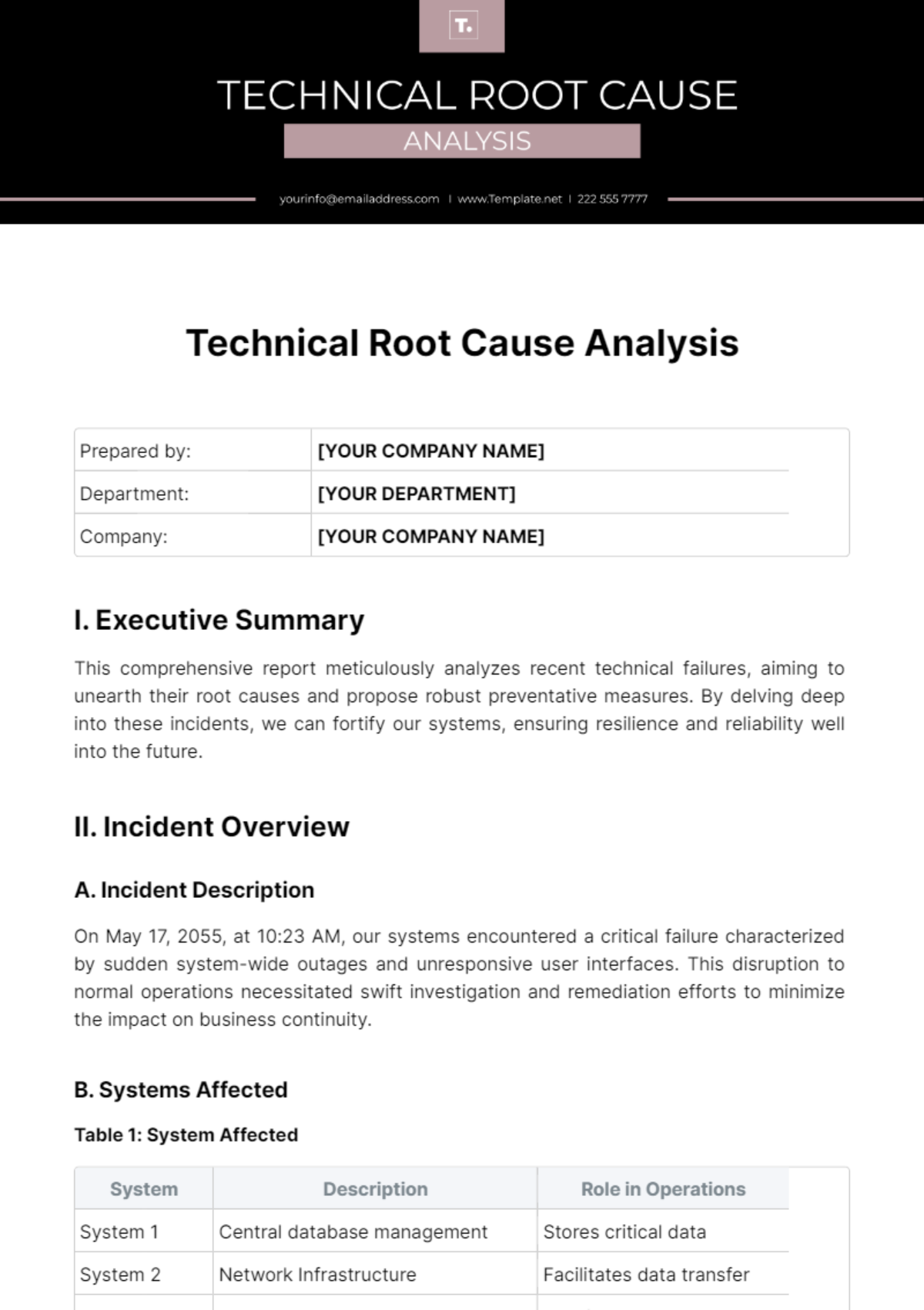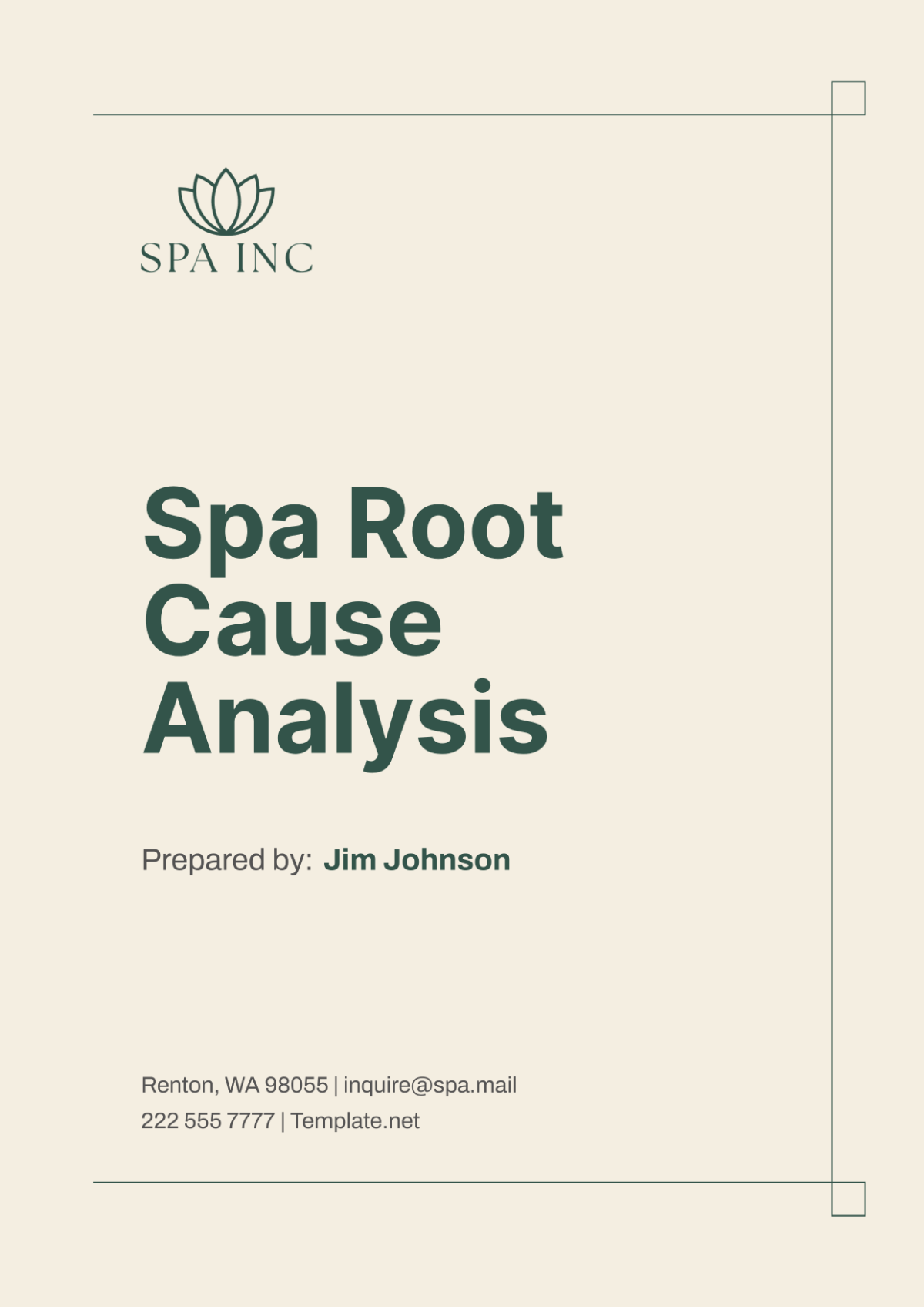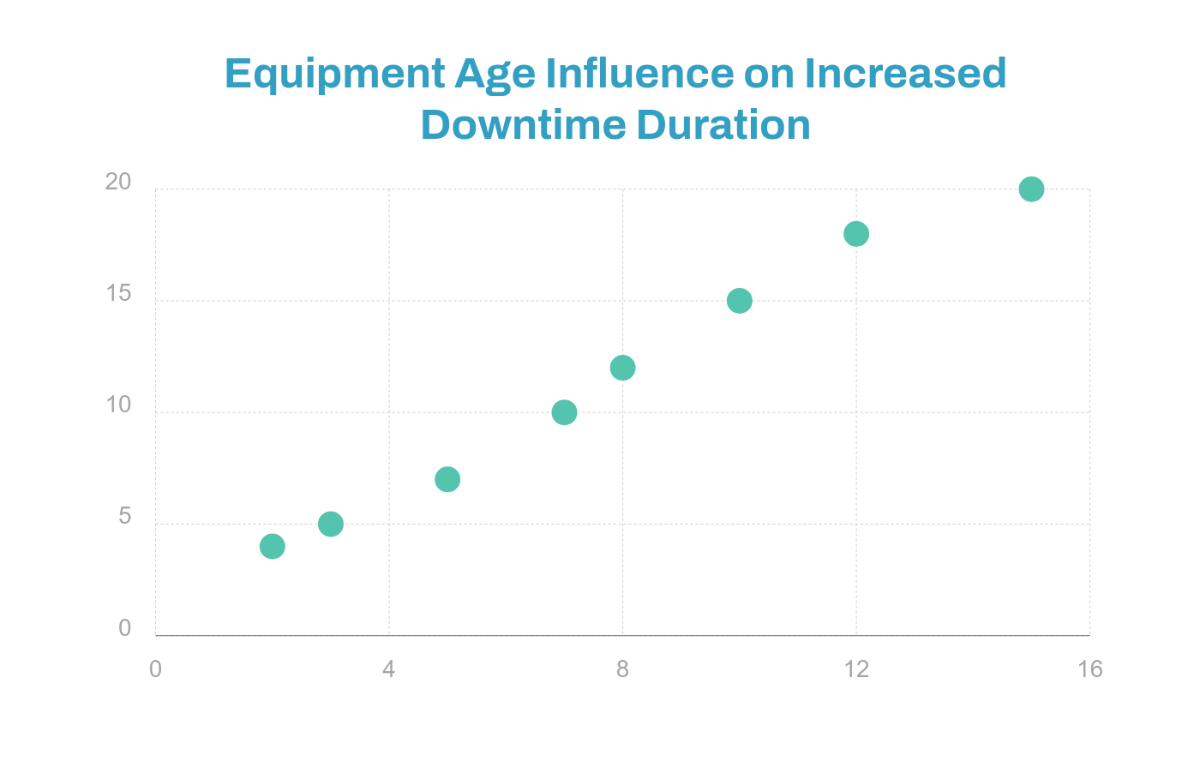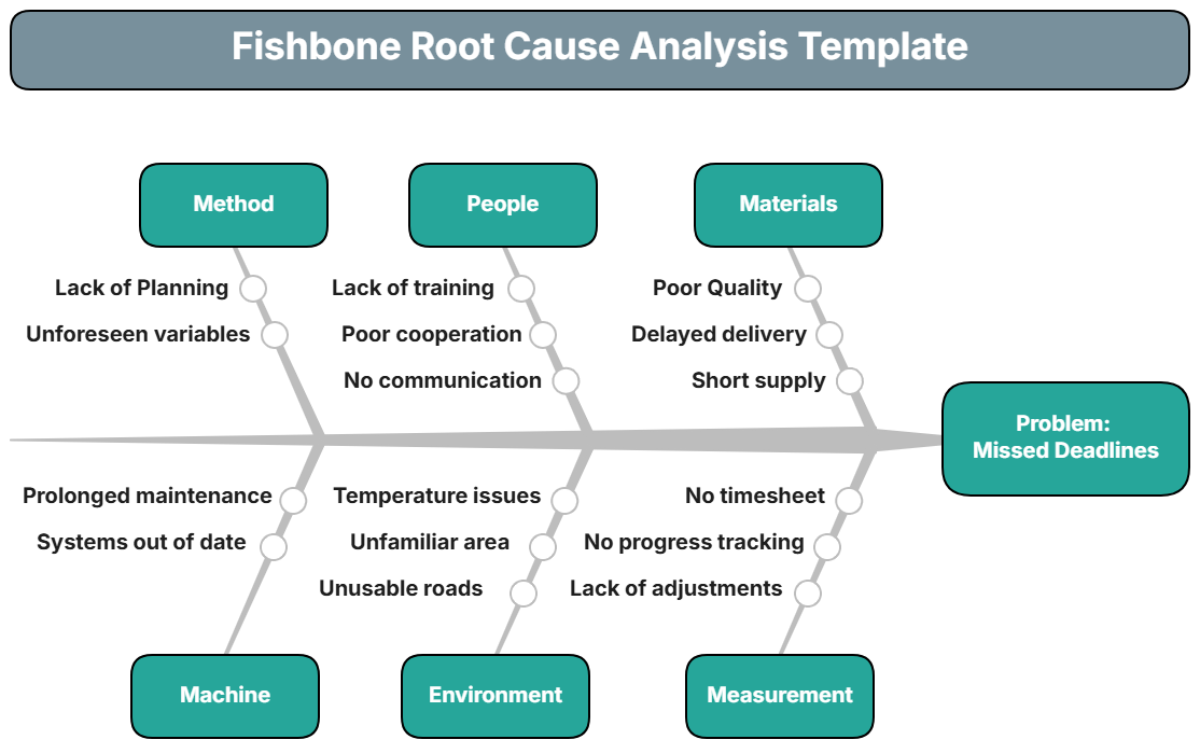Salon Employee Satisfaction Analysis
I. Introduction
A. Purpose
The purpose of conducting the Salon Employee Satisfaction Analysis at [Your Company Name] is multifaceted. Primarily, it aims to gauge the level of contentment and engagement among our salon staff, understanding that satisfied employees are more likely to provide exceptional service to our clients.
By comprehensively assessing employee satisfaction, we endeavor to foster a work environment that promotes productivity, creativity, and loyalty. Moreover, this analysis serves as a proactive measure to identify areas requiring improvement and to implement strategic initiatives that enhance overall salon performance.
B. Scope
The scope of this analysis encompasses a holistic evaluation of factors contributing to employee satisfaction within [Your Company Name]'s salon environment. It extends beyond mere job satisfaction to encompass broader aspects such as workplace culture, organizational communication, opportunities for growth, and work-life balance. All members of our salon team, including stylists, receptionists, assistants, and managers, will be included in this assessment. By leveraging diverse data collection methods and analyzing various dimensions of employee satisfaction, we aim to gain comprehensive insights into the overall well-being of our salon workforce.
II. Methodology
A. Data Collection
Surveys:
Our survey instrument has been meticulously designed to capture both quantitative metrics and qualitative insights regarding employee satisfaction. It includes Likert scale questions to quantify satisfaction levels across different dimensions, as well as open-ended questions to encourage employees to elaborate on their experiences.
Surveys will be distributed electronically to ensure anonymity and convenience for participants. They will cover a range of topics including but not limited to job satisfaction, workplace environment, compensation, benefits, and career development opportunities.
To facilitate longitudinal analysis and identify trends over time, surveys will be conducted annually, with the possibility of additional pulse surveys as needed to address emerging issues.
Interviews:
In addition to surveys, qualitative data will be gathered through in-depth interviews with a select group of employees. These interviews will provide a platform for employees to share their experiences, concerns, and suggestions in more detail.
Interview participants will be purposefully selected to represent diverse roles, levels of experience, and perspectives within the salon. Semi-structured interviews will be conducted to allow for flexibility in exploring individual narratives while ensuring consistency in data collection.
Performance Metrics:
Beyond employee feedback, performance metrics will be leveraged to provide objective insights into salon operations and overall performance. Key indicators such as employee turnover rates, productivity metrics (e.g., service appointments per day), customer satisfaction scores, and revenue trends will be analyzed.
By triangulating employee feedback with performance metrics, we aim to contextualize satisfaction levels within broader business outcomes and identify areas where improvements in employee satisfaction can yield tangible benefits for the salon.
B. Data Analysis
Quantitative Analysis:
Survey responses will undergo rigorous quantitative analysis to identify trends, patterns, and correlations. Statistical techniques such as mean scores, standard deviations, and correlation analysis will be employed to derive meaningful insights.
Aggregate scores will be calculated for different dimensions of satisfaction, allowing us to prioritize areas for improvement based on their relative importance and impact on overall employee well-being.
Qualitative Analysis:
Qualitative data from surveys and interviews will be analyzed thematically to identify recurring themes, sentiments, and narratives. Coding and categorization techniques will be used to extract meaningful insights from the rich qualitative data.
By delving into the qualitative nuances of employee experiences, we aim to uncover underlying motivations, concerns, and suggestions that may not be captured by quantitative measures alone.
Comparative Analysis:
Performance metrics will be compared against industry benchmarks and internal targets to assess our salon's performance relative to industry standards and historical performance. This comparative analysis will help identify areas of strength and areas needing improvement.
Furthermore, trends in performance metrics will be analyzed alongside employee feedback to elucidate the relationship between employee satisfaction and salon performance. This holistic approach will enable us to understand how improvements in employee satisfaction can positively impact business outcomes.
III. Findings
A. Overall Satisfaction Levels
Employee Satisfaction Score:
Based on the analysis of survey responses, the average employee satisfaction score at [Your Company Name] is [78%]. This score provides an overarching indicator of the general sentiment among salon employees.
Further segmentation of satisfaction scores across different dimensions such as work environment, compensation, career development, and communication effectiveness will provide deeper insights into specific areas of strength and concern.
Key Themes:
Analysis of survey responses and interview transcripts has revealed several key themes that warrant attention:
Work-Life Balance: Employees express concerns regarding the balance between their professional responsibilities and personal lives, citing long hours and inflexible schedules as significant stressors.
Communication: Communication breakdowns within the salon, both vertically (between management and staff) and horizontally (among colleagues), emerge as a recurring issue impacting employee morale and productivity.
Career Development: While employees appreciate the opportunities for creativity and skill development inherent in their roles, many express a desire for clearer pathways for career advancement and professional growth within the company.
B. Specific Areas of Concern
Work-Life Balance:
Survey responses indicate that [64%] of employees feel that their work-life balance is inadequate.
Factors contributing to this perception include long working hours, lack of flexibility in scheduling, etc.
Employees suggest implementing flexible scheduling options, remote work opportunities, etc. to address this issue.
Communication:
[52%] of employees report dissatisfaction with the effectiveness of communication within the salon.
Common communication challenges include lack of transparency from management, ineffective team communication channels, etc..
Suggestions for improvement include implementing regular team meetings, enhancing digital communication tools, etc.
Career Development:
[58%] of employees express concerns about the lack of clear career advancement opportunities within the company.
Employees desire more structured training programs, mentorship opportunities, etc. to support their professional growth and development.
Suggestions for addressing this concern include establishing a formal career development program, providing opportunities for cross-training, etc.
C. Areas of Strength
Team Culture:
Despite the challenges identified, [Your Company Name] boasts a strong team culture characterized by collaboration, supportiveness, and camaraderie.
Employees value the sense of community and teamwork within the salon, which contributes positively to their overall job satisfaction and engagement.
Compensation and Benefits:
The majority of employees express satisfaction with the compensation packages and benefits offered by [Your Company Name].
Competitive pay, health insurance, and other perks are cited as key factors contributing to employee satisfaction in this area.
IV. Recommendations
A. Addressing Areas of Concern
Work-Life Balance:
Implement flexible scheduling options to accommodate employees' personal commitments and preferences.
Explore the possibility of introducing remote work opportunities for roles that can be performed remotely without compromising salon operations.
Communication:
Establish regular team meetings to facilitate open communication and alignment on salon goals and initiatives.
Invest in digital communication tools to streamline internal communication processes and enhance transparency across all levels of the organization.
Career Development:
Develop a formal career development program that outlines clear pathways for advancement and provides resources for skill development and training.
Implement mentorship programs to pair employees with senior staff members who can provide guidance and support in their professional growth journey.
B. Leveraging Strengths
Foster Team-Building Activities:
Organize regular team-building activities and events to strengthen bonds among salon staff and reinforce a sense of belonging and camaraderie.
Celebrate achievements and milestones as a team to foster a positive and supportive work environment.
Review Compensation Packages:
Conduct periodic reviews of compensation packages to ensure they remain competitive in the market and continue to meet the needs and expectations of salon employees.
Solicit feedback from employees on compensation and benefits to identify areas for improvement and adjustment.
V. Conclusion
A. Summary of Key Findings
Recap the main findings of the analysis, including both areas of concern and strengths.
The Salon Employee Satisfaction Analysis has revealed several key insights into the state of employee satisfaction at [Your Company Name]. While there are areas of concern such as work-life balance and communication effectiveness, there are also notable strengths in team culture and compensation packages.
Work-life balance emerged as a significant concern, with a majority of employees expressing dissatisfaction with the current balance between their professional and personal lives. Communication breakdowns within the salon were also identified as a key issue impacting morale and productivity.
Despite these challenges, [Your Company Name] maintains a strong team culture characterized by collaboration and supportiveness. Additionally, the majority of employees are satisfied with the compensation packages and benefits offered by the company, indicating a competitive advantage in this area.
B. Next Steps
Outline proposed next steps for implementing recommendations and monitoring progress.
The next steps following the Salon Employee Satisfaction Analysis will involve the implementation of targeted initiatives to address areas of concern and leverage strengths identified during the analysis.
Action plans will be developed to address specific issues such as improving work-life balance through flexible scheduling options and enhancing communication channels within the salon.
Ongoing monitoring and evaluation will be conducted to track the effectiveness of implemented initiatives and make adjustments as needed to ensure continuous improvement in employee satisfaction and salon performance.
VI. Recommendations Implementation Plan
A. Work-Life Balance Initiatives
Implement Flexible Scheduling Options:
Develop a new scheduling policy that allows employees to request flexible work hours based on their personal needs and preferences.
Train salon managers and supervisors on how to effectively implement and manage flexible scheduling arrangements while ensuring operational needs are met.
Communicate the new policy to all employees and provide resources for requesting flexible scheduling adjustments.
Introduce Remote Work Opportunities:
Conduct a feasibility study to identify roles and tasks that can be performed remotely without impacting salon operations.
Pilot a remote work program with a select group of employees to assess effectiveness and gather feedback.
Develop guidelines and protocols for remote work, including expectations for communication, productivity, and data security.
B. Communication Enhancement Initiatives
Establish Regular Team Meetings:
Schedule weekly team meetings to provide updates on salon operations, discuss upcoming events, and address any concerns or feedback from employees.
Rotate meeting facilitators to ensure diverse perspectives and encourage participation from all team members.
Solicit agenda items from employees in advance to ensure topics of interest and relevance are covered during meetings.
Invest in Digital Communication Tools:
Evaluate and select digital communication tools that facilitate real-time collaboration, document sharing, and team messaging.
Provide training and support to employees on how to use the selected tools effectively for internal communication and collaboration.
Establish guidelines for appropriate use of digital communication tools and ensure adherence to data privacy and security protocols.
C. Career Development Initiatives
Develop a Formal Career Development Program:
Collaborate with HR and department managers to design a comprehensive career development program that outlines clear pathways for advancement and growth.
Identify training and skill development opportunities aligned with employees' career goals and aspirations.
Launch the career development program with a kick-off event and promote awareness and participation among salon staff.
Implement Mentorship Programs:
Recruit experienced staff members to serve as mentors for junior employees and new hires.
Pair mentors and mentees based on compatibility and shared interests or career aspirations.
Provide guidance and support to mentors and mentees throughout the mentorship program, including regular check-ins and feedback sessions.

